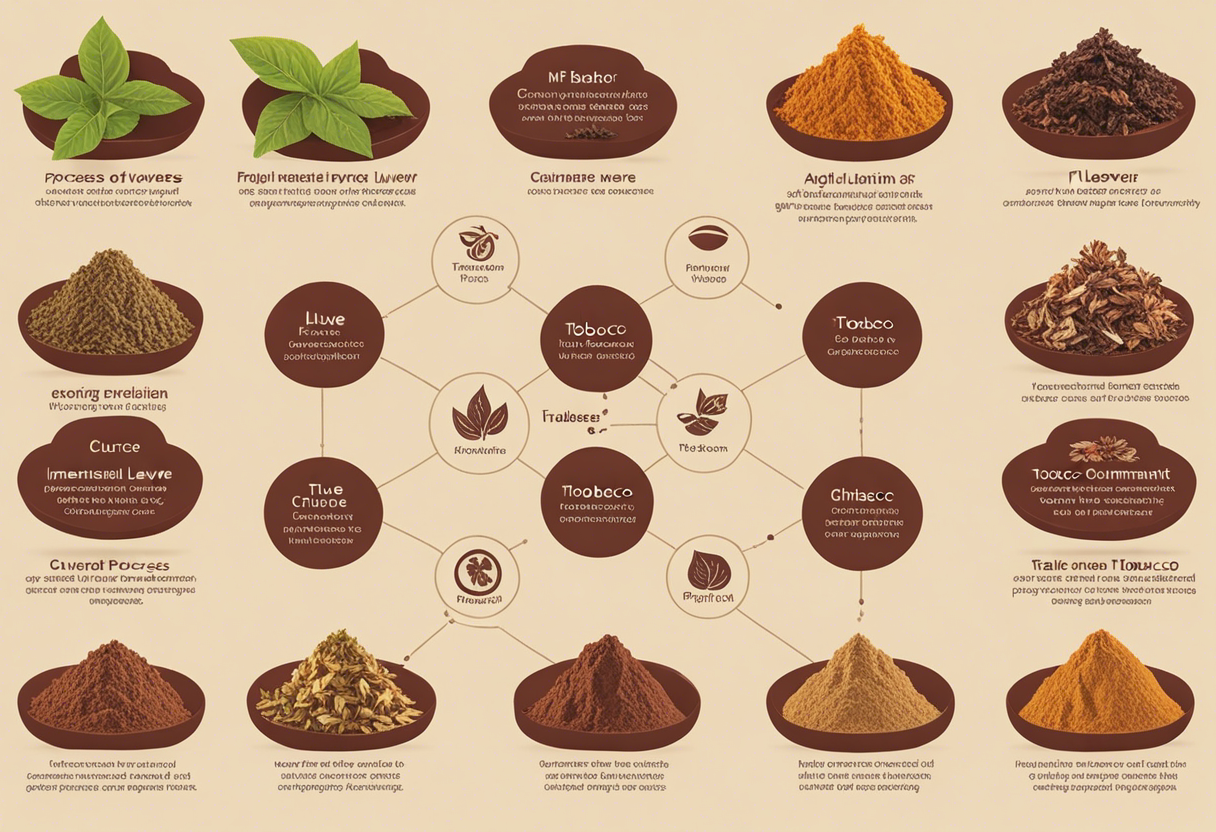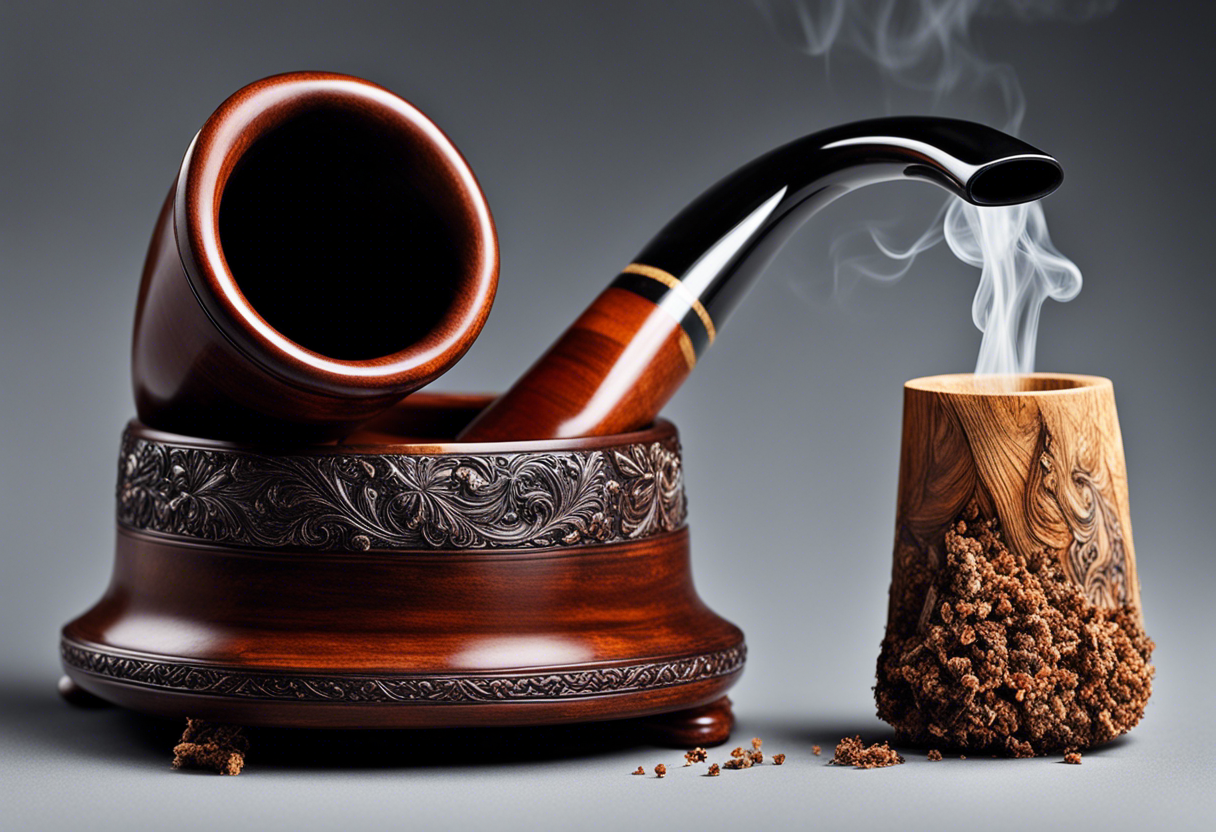Five Smoky Secrets that Illuminate the Hidden World of Tobacco Enthusiasts
Understanding the variety and uniqueness among tobacco breeds can be a key first step for anyone looking to dive deep into the world of tobacco. Behind the smoky veil of the industry, you'll find an astounding array of tobacco breeds, each with its unique flavor, strength, and aroma. Any tobacco enthusiast would agree that knowing your Virginia from your Burley, or your Perique from your Oriental, is elementary.
Virginia, known as the "Bright Leaf," is the most common breed and forms the backbone of many commercial blends. It's prized for its naturally high sugar content and bright, sweet flavors. Burley, on the other hand, is slower burning, has a more robust, earthy flavor, and is often used to balance out sweeter blends. Perique, a scarce and valuable breed, is famed for its powerful, spicy flavor. Oriental tobaccos, conversely, are smaller leaf varieties with a characteristically exotic, often aromatic taste.
Knowing the characteristics of these breeds not only allows enthusiasts to choose their blends wisely but also deepens their appreciation for the rich array of smoking experiences. A deeper understanding of these will help make clearer the distinctions between different blends, producers, and traditions in the world of tobacco.
The Origins and Processes that Influence Tobacco Flavor

Every puff a tobacco enthusiast takes is influenced by a myriad of factors from soil quality, weather conditions, processing methods, to the specific breed of the leaf. The careful nurturing of tobacco plants in different terrestrial regions directly impacts the flavor profiles in the resulting leaf.
Much like wine, the place where tobacco is grown greatly influences its taste. This is referred to as 'terroir.' For instance, Connecticut shade tobacco, grown under tents to shade it from the sun, has a mellow, creamy flavor unique to the region. On the other hand, Nicaraguan tobacco, known for its richness, often has a spicy kick due to the country's volcanic soil.
The post-harvest process adds another layer of complexity. Tobacco leaves are often aged, fermented, or flue-cured before they are finally ready for use. Each of these processes imparts distinct flavors and characteristics to the tobacco.
The Art of Pipe Smoking

Pipe smoking is not mere habit, it's a centuries-old ritual steeped in tradition. A true tobacco enthusiast knows that smoking from a pipe elevates the act from a mere habit to an art form, requiring skill, patience, and an appreciation for the finer subtleties of the experience.
The pipe itself is as much a part of the smoking experience as the tobacco it carries. Different pipe materials, like briar wood, meerschaum, or clay, impact the flavor and burning properties of the tobacco. Furthermore, the shape and size of the pipe can influence how the smoke flows and cools, affecting the flavor.